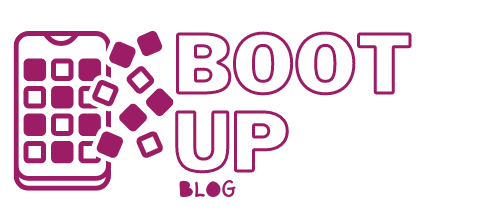Learning a new language can be challenging, especially if you are an adult. Linguists believe that our brain is at its prime to learn new languages from the ages of zero to 13; after this, our language acquisition device slows down and it becomes harder to learn a new language and actually be fluent in it. Fear not, however, because there are language apps out there that are pretty affordable and that immerse you into learning a new language. This gets as close as learning the language from a native speaker. Whether you love learning new languages or are doing this for your future travels, these apps might help you in your endeavors.
Why choose an app instead of actual language classes?
Well, it is economical and you can do it in your own free time and don’t have to follow your tutor’s schedule. Many apps also have speech recognition and this allows you to practice your diction and pronunciation. They also offer a wide range of languages to choose from and have different levels so that you can start your journey at beginner, intermediate, or advanced level. This helps you get into the groove of learning a new language and allows you to do so anywhere and at any time.
List of apps:
1. Babel
This one gets its name from the biblical tower of Babel that separated humans, who all originally spoke one language, who wanted to mutiny and take God’s place. To punish them, God made them all speak a different language so that they don’t try anything like this again and thus came about multilingualism. Babel is a popular language learning app that has sold over 10 million subscriptions globally and has an average rating of 4.75/5. The app has different subscription methods, but on average, it costs around $15 a month, less if you take the yearly subscription.

Advantages:
-
- Interactive and helps with build-in pronunciation to ease you into the phonetics of thelanguage.
-
- Quick lesson of 10 to 15 minutes that makes it flexible to your schedule.
-
- Immersive teaching style that is unique to the app.
Disadvantages:
-
- No features that motivate you
-
- Quite similar to traditional teaching style that doesn’t fit everyone’s needs
-
- Meager content for less popular languages like Turkish and Indonesian
2. Rosetta Stone
The leader in language learning for over 25 years, Rosetta Stone, is an all trusted favorite and is on all lists for language learning apps, and the reason is that it is one of the best out there. It allows you to choose from a plethora of languages and even lets you choose the lesson plans that best fit your needs and learning style. Just like Babel, you can practice your speech with the audio recognition system and it assesses your results and keeps you on track. It has a subscription plan for all its languages encompassed in one and costs $36.97 for a 3 months plan or $179 for lifetime access to the app and unlimited languages. The initial price may be a lot at first, but it covers for itself over time and is one of the most economical learning apps if you look at it in the long run.

Advantages:
-
- Various pricing options.
-
- Lesson plans can be personalized.
-
- Their teaching methods are proven to work.
Disadvantages:
-
- Lessons can be repetitive.
-
- Only bookish language and might be outdated for conversational use.
-
- Explanations and instructions might be limited.
3. Duolingo
Another popular learning app on the list, Duolingo, is one of the few language learning apps out there. You can learn 35 different languages on it, and it uses a science-based teaching style that helps you learn more efficiently. The lesson can be personalized according to your learning style and tackles a variety of language skills. The app may have you repeat some lessons if you take too long of a break from it, thus motivating you to learn regularly.

Advantages:
-
- It’s free.
-
- Lessons are well organized and progressive.
-
- Motivates you.
-
- Lessons can be done within minutes.
Disadvantages:
-
- Meager content for less popular languages.
-
- Pretty rigid structure and requires you to learn in order.
Sound off in the comments section below if you want to learn a new language and if you might consider one of these apps to do so.

